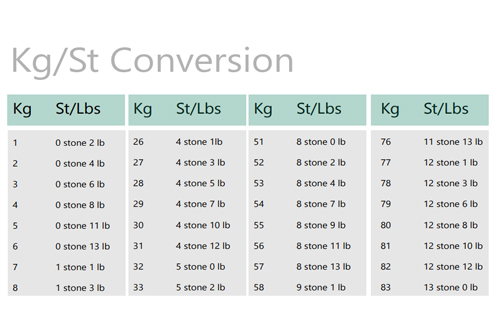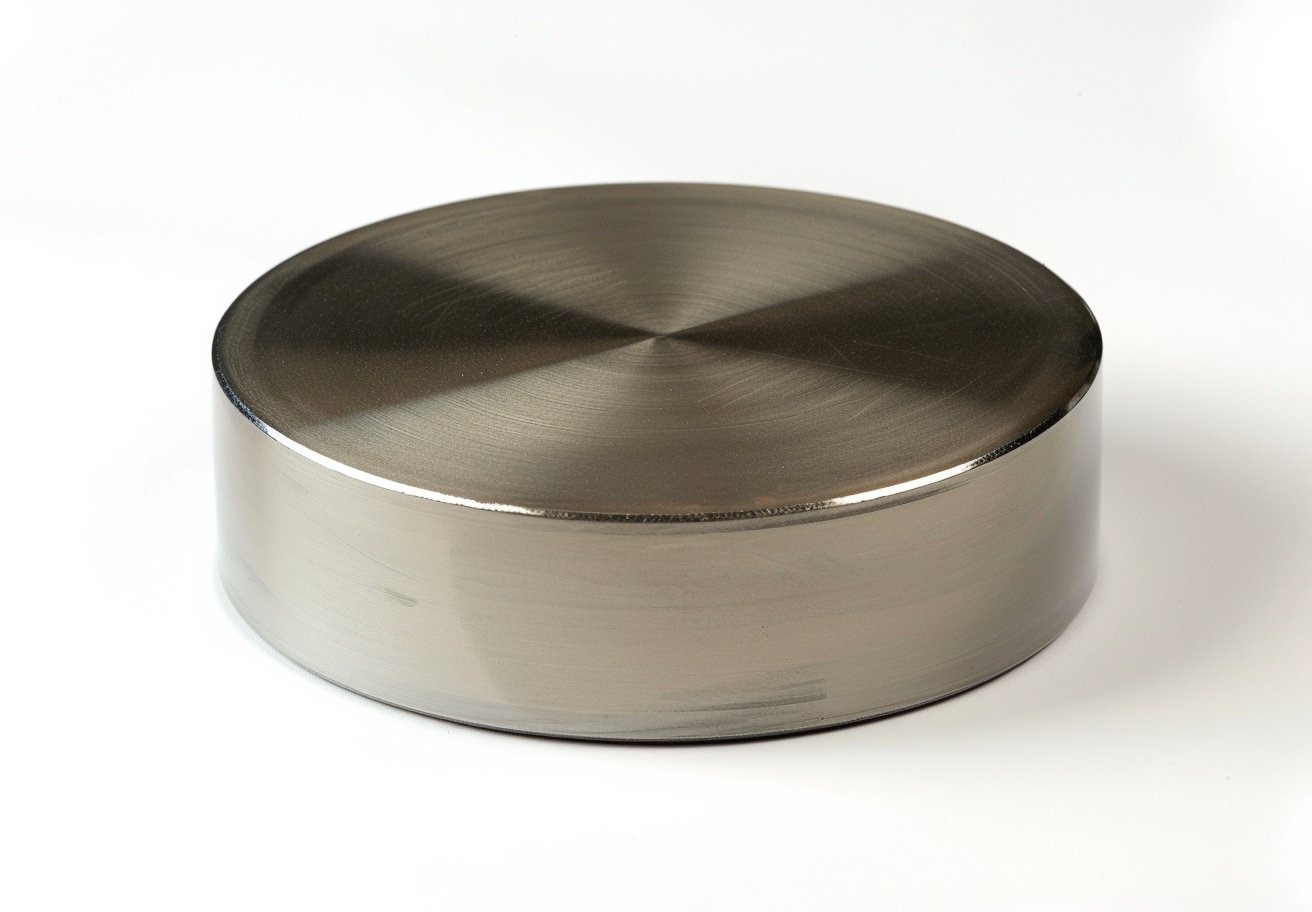Bonding Types And Van Der Waals Forces
Introduction to Bonding
Bonding is a fundamental concept in chemistry and physics that describes the interactions between atoms and molecules which hold them together. A detailed understanding of the various bond types is essential for explaining material properties and for determining the behaviour of substances under different conditions.
Types of Bonds
Different types of bonds occur between atoms and molecules. Each bond type exhibits distinct characteristics that affect the physical and chemical properties of the resulting compounds.
Ionic Bonding
In ionic bonding, electrons are transferred from one atom to another, thereby resulting in the formation of positively and negatively charged ions. This bond typically occurs between metals and non-metals.
Covalent Bonding
In covalent bonding, electrons are shared between atoms. This bond mainly occurs between non-metal atoms and leads to the formation of molecules with defined geometric structures. For further details, see the covalent bond article.
Metallic Bonding
Metallic bonding is characterised by the presence of delocalised electrons that move freely around a lattice of metal cations. This bonding explains properties of metals such as electrical conductivity and malleability. More information is available on Metals.
Van der Waals Forces
Van der Waals forces are weak intermolecular forces that arise from temporary dipoles in molecules. Despite being weaker than ionic or covalent bonds, these forces influence physical properties, for example, boiling and melting points.
Detailed Overview of Van der Waals Forces
Van der Waals forces can be classified into three principal types: London dispersion forces, dipole-dipole interactions, and hydrogen bonds. These forces are important for analysing the behaviour of molecules in different states of matter.
London Dispersion Forces
London dispersion forces constitute the weakest form of van der Waals forces and arise from momentary polarisation of the electron clouds in atoms and molecules. They occur in all molecules, whether polar or non-polar.
Dipole-Dipole Interactions
Dipole-dipole interactions occur between polar molecules when the positive end of one molecule is attracted to the negative end of another. These interactions are stronger than London dispersion forces and significantly affect physical properties.
Hydrogen Bonding
Hydrogen bonds are a specific form of dipole-dipole interaction that occurs when hydrogen is bonded to highly electronegative atoms such as nitrogen, oxygen, or fluorine. These bonds are critical in determining the structure of water and biological molecules such as DNA.
Comparative Overview of Bond Types
|
Type of Bond |
Strength |
Typical Materials |
Key Properties |
|
Ionic Bonding |
High |
Metals and Non-metals |
High melting points; brittle |
|
Covalent Bonding |
Moderate |
Non-metals |
Variable melting points; directional properties |
|
Metallic Bonding |
Moderate to high |
Conductive; malleable |
|
|
Van der Waals Forces |
Weak |
All molecules |
Affects boiling and melting points |
Frequently Asked Questions
What is the main difference between ionic and covalent bonding?
In ionic bonding, electrons are transferred between atoms, resulting in the formation of ions, whereas in covalent bonding, electrons are shared between atoms to form molecules.
How do van der Waals forces affect the properties of substances?
Van der Waals forces affect the boiling point and melting point of substances. They also influence solubility and the physical state at room temperature.
Can van der Waals forces occur between non-polar molecules?
Yes, van der Waals forces, particularly London dispersion forces, occur between non-polar molecules as a result of transient fluctuations in electron density.

 Bars
Bars
 Beads & Spheres
Beads & Spheres
 Bolts & Nuts
Bolts & Nuts
 Crucibles
Crucibles
 Discs
Discs
 Fibers & Fabrics
Fibers & Fabrics
 Films
Films
 Flake
Flake
 Foams
Foams
 Foil
Foil
 Granules
Granules
 Honeycombs
Honeycombs
 Ink
Ink
 Laminate
Laminate
 Lumps
Lumps
 Meshes
Meshes
 Metallised Film
Metallised Film
 Plate
Plate
 Powders
Powders
 Rod
Rod
 Sheets
Sheets
 Single Crystals
Single Crystals
 Sputtering Target
Sputtering Target
 Tubes
Tubes
 Washer
Washer
 Wires
Wires
 Converters & Calculators
Converters & Calculators
 Write for Us
Write for Us


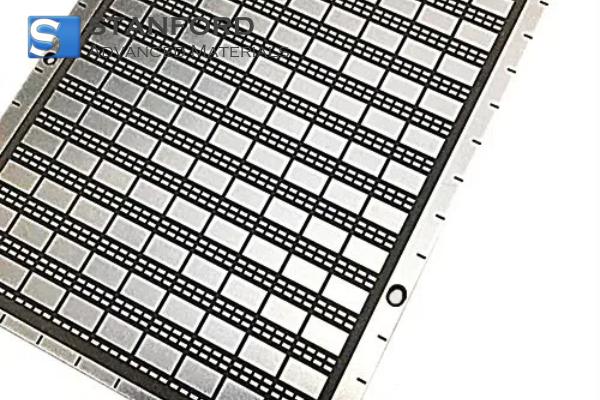
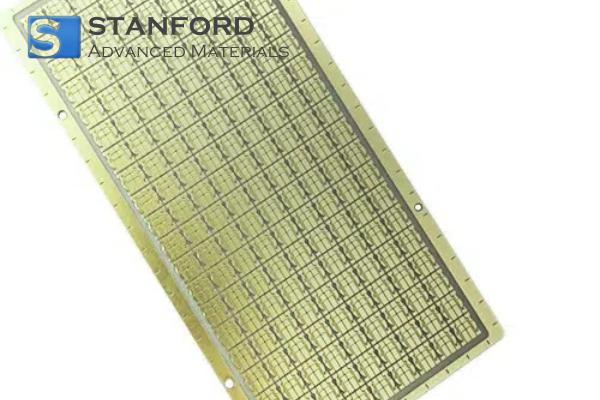
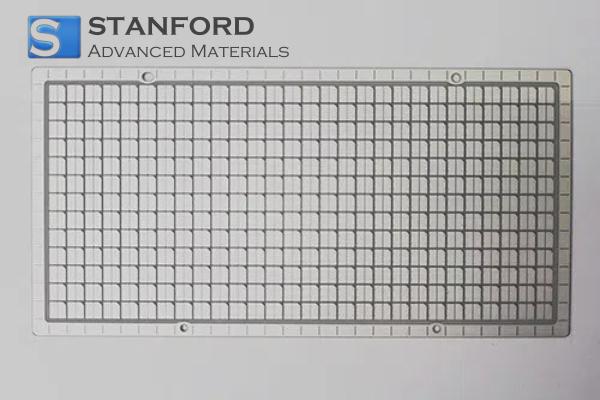
 Chin Trento
Chin Trento

